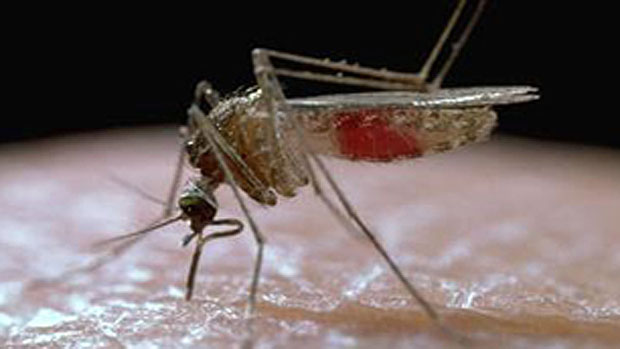
The infected Culex tarsalis mosquitoes, the type most common for transmitting WNV, were collected during the week of July 7 from trap in Morris, Man., according to Manitoba Health.
No human cases of the virus have been identified, the province said.
"Although the numbers of Culex tarsalis mosquitoes trapped during the week of July 7 were relatively low, they are increasing in some localities in southern Manitoba," the province stated in a news release.
"Most of the mosquitoes in the traps continue to be nuisance mosquitoes, which do not transmit West Nile virus. Culex tarsalis mosquito numbers are highest in southcentral Manitoba, but the potential for human exposure to infected mosquitoes is present throughout southern Manitoba.
"The risk of exposure to West Nile virus is expected to increase in the coming weeks, particularly with the current hot, humid weather, which is ideal for Culex tarsalis development and activity."
The virus has also been detected in local birds and mosquitoes in Grand Forks, North Dakota, just south of Manitoba.
The cities of Grand Forks and East Grand Forks have scheduled citywide spraying as a result.
The mosquito most common for transmitting WNV is the Culex tarsalis species, which is more prevalent this time of year and most active from dusk to dawn.
The cities of Grand Forks and East Grand Forks have scheduled citywide spraying.
There were two human cases of WNV being detected in Manitoba in 2012 and before that, two other human cases in 2009. There were no deaths related to the virus in those years.
Prior to 2009, the last time there were human cases was in 2007 when the province saw more than 500 diagnoses. Several deaths were linked to the illness as well.



Reader Comments
to our Newsletter